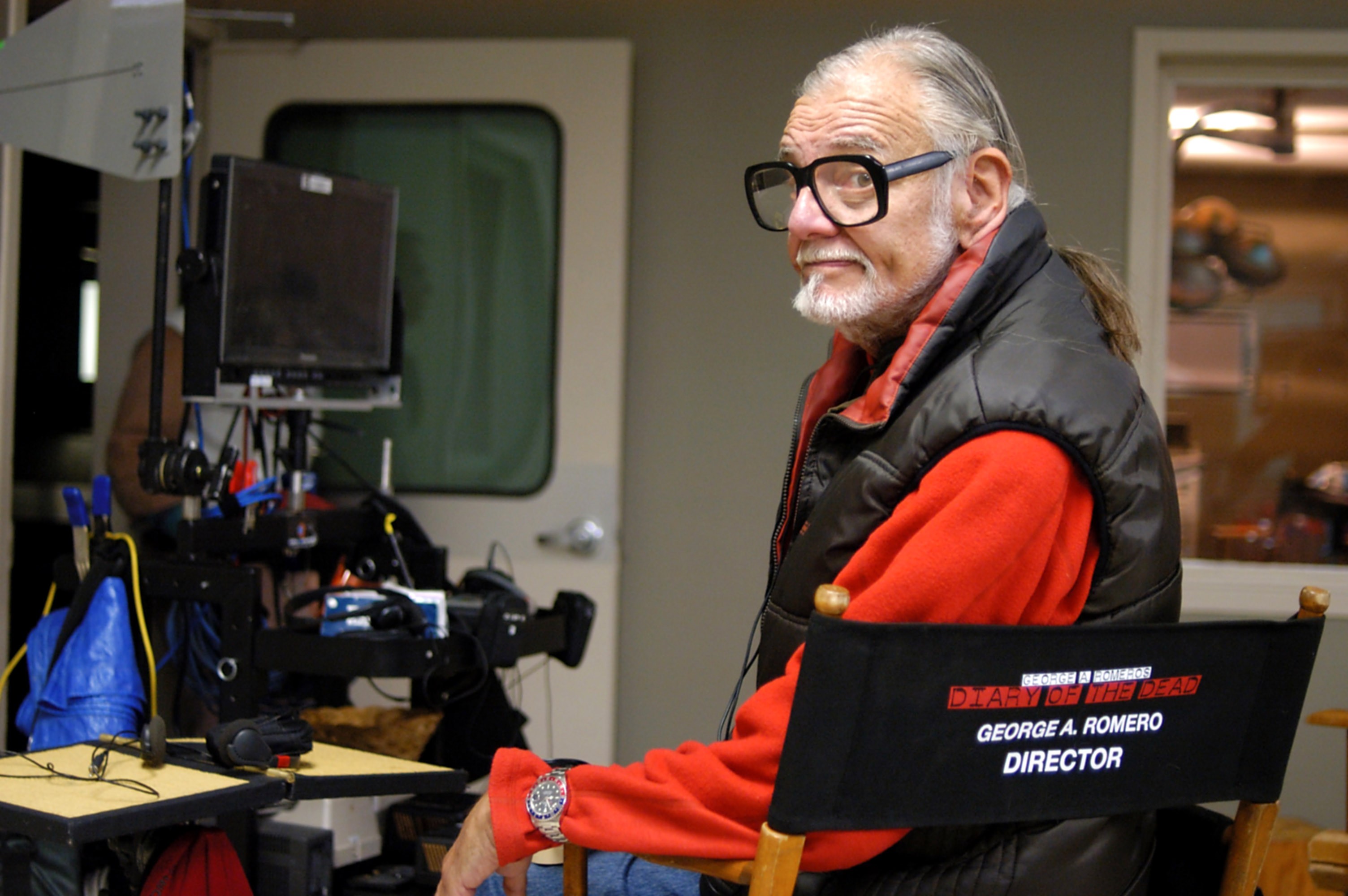MICHEL MARTIN, HOST:
Let’s head to the other side of the country now. In Washington state, a member of the Nooksack Indian Tribe wants to change how you think about Native American art. Louie Gong is an artist and entrepreneur, and he wants to move past what he sees as outdated stereotypes about Native art. Marcie Sillman of member station KUOW has the story.
MARCIE SILLMAN, BYLINE: Louie Gong leads the way into his store room.
LOUIE GONG: This is our blankets.
SILLMAN: Gong pulls one out of a cardboard box. It’s woven from soft red wool and decorated with an image of a traditional Native American thunderbird. And it’s an extremely popular item. Even Bernie Sanders bought one.
GONG: A lot of times, people who speak to tribal audiences are gifted blankets. And so when one of our Native leaders spoke on behalf of Bernie Sanders, Bernie Sanders himself gifted that Native leader this bright red thunderbird blanket.
SILLMAN: Louie Gong’s been in business less than a decade. Before that, he was a mental health counselor at the Muckleshoot Indian Reservation south of Seattle.
GONG: But I hadn’t really explored art or even considered it a possibility in my life until I helped the Muckleshoot Tribe create giveaway items for the 2006 canoe journey which they hosted.
SILLMAN: The canoe journey is an annual celebration of Northwest Native culture. The host tribe gives gifts to the guests. And with his knack for drawing, he decorated gift drum heads. A few months later, Gong took a black marker to a pair of gray Vans sneakers he picked up at the mall, doodling his version of a traditional Northwest Native design.
GONG: And I really wasn’t like coastalizing (ph) or nativizing them. I was Louisizing (ph) them, you know?
SILLMAN: Gong wore them to work, and his colleagues were so impressed, they asked him to decorate their Vans. Gong started to market the shoes on social media. The Vans company caught wind and not only condoned this, they invited him to create a pair of one-of-a-kind shoes for them. Eventually, Gong had so many orders, he quit his day job and set up shop in his apartment.
GONG: I look at all the work that I’m doing as collaborations with my ancestors and my family, the people that came before me. That’s why I named my business Eighth Generation. It was a way to honor the contributions and prior work of the people whose shoulders I’m standing on.
SILLMAN: Gong has contracted with four other Native artisans. He uses some of their designs on his products, as well as selling their work. They get most of the profits from their art. And that makes Gong a new brand of social entrepreneur, according to Lori Pourier. She’s the president of the First People’s Fund, a South Dakota-based organization that provides grants and training for Native American artists.
LORI POURIER: We always believe that there’s a balance between the head and heart and the work that we do. And Louie represents, you know, both of those as a businessman, as well as a community member and, you know, a leading culture bearer in his community.
SILLMAN: She points to a mentorship program Gong set up called Inspired Natives. His goal is to teach other indigenous artists what he’s learned about the business world, from social media marketing to working with non-Native corporations.
GONG: In native communities, we have art, and we have culture. What we don’t have in our community are business skills or good examples of creative artists who have been successful.
SILLMAN: Eighth Generation’s been so successful that last year, Gong opened a brick-and-mortar shop near Seattle’s historic waterfront.
COLLEEN ECHOHAWK: When I walked down to Pike Street Market (ph), and I looked down and I see a store, I’m just filled with just tremendous amount of pride.
SILLMAN: Colleen Echohawk directs the Chief Seattle Club, a social service center for the city’s Native Americans.
ECHOHAWK: Because there’s not many places in the city where you can feel authentic representation of Native people, where it hasn’t been colonized.
GONG: This is called the Busted Knuckle Gallery. I named it after my dad.
SILLMAN: Louie Gong’s father was a martial artist competing across North America. This room in Gong’s store serves as a gallery, a community meeting space and a metaphor.
GONG: You know, I grew up with a dad who was a professional fighter. And although I’m not exactly that person, I’ve taken a lot of the good parts of who my dad was and incorporated that into the rest of me.
SILLMAN: Louie Gong may not spar like his dad, but he never backs away from a challenge. For NPR News, I’m Marcie Sillman in Seattle.
Copyright © 2017 NPR. All rights reserved. Visit our website terms of use and permissions pages at www.npr.org for further information.
NPR transcripts are created on a rush deadline by Verb8tm, Inc., an NPR contractor, and produced using a proprietary transcription process developed with NPR. This text may not be in its final form and may be updated or revised in the future. Accuracy and availability may vary. The authoritative record of NPR’s programming is the audio record.




